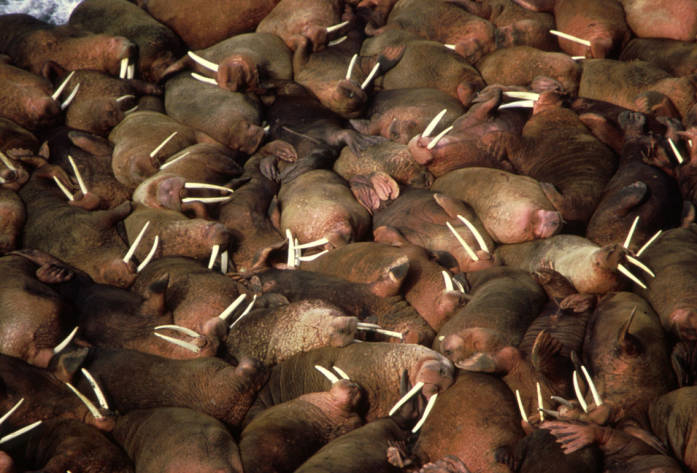-
Tips for becoming a good boxer - November 6, 2020
-
7 expert tips for making your hens night a memorable one - November 6, 2020
-
5 reasons to host your Christmas party on a cruise boat - November 6, 2020
-
What to do when you’re charged with a crime - November 6, 2020
-
Should you get one or multiple dogs? Here’s all you need to know - November 3, 2020
-
A Guide: How to Build Your Very Own Magic Mirror - February 14, 2019
-
Our Top Inspirational Baseball Stars - November 24, 2018
-
Five Tech Tools That Will Help You Turn Your Blog into a Business - November 24, 2018
-
How to Indulge on Vacation without Expanding Your Waist - November 9, 2018
-
5 Strategies for Businesses to Appeal to Today’s Increasingly Mobile-Crazed Customers - November 9, 2018
Walruses Hauled Out on Alaskan Beach, Beheaded With Missing Tusks
Detail of landscape aerial photograph of thousands of Pacific walrus coming ashore near Point Lay, NW Arctic coast of Alaska on August 23, 2015.
Advertisement
Nonetheless, according to official statements, they U.S. Fish and Wildlife Service is inclined to believe the causes are rather natural as no signs of violence are witnessed in the images.
An employee of the U.S. Geological Survey provided a photo of the walrus carcasses to Fish and Wildlife, the service said in Thursday release. While the actual number of deaths remains unknown, as well as the approximate age or the cause of death, any further findings will be confirmed on site by an investigator and consequently made public.
The service said foul play is not suspected, and the carcasses were intact. These latest images show the walrus carcasses in the same spot in Point Lay where on September 2nd, 35,000 walruses were witnessed resting on shore.
These huge herds are also prone to a deadly stampedes when they are approached by a polar bear or a hunter or even a passing airplane.
Found in an Alaskan Beach were 25 dead walruses which included 12 babies. Young animals can be crushed in the rush to reach the safety of ocean water. But while this may be true, the discovery of brutally killed walruses along Alaska’s Icy Cape in 2009 certainly leads to questions about the importance of this cultural practice. The Fish and Wildlife Service and coastal villages has been working together to decrease the contact with walrus as much as possible, as it could result into a stampede. Photos revealed gruesome evidence of heads and tusks that are removed from some of the animals. Federal prosecutors said this week they can not comment on the case.
Another case was reported at Cape Lisburne, where 25 walruses were found dead.
Walruses are now threatened more than ever by changing habitats and global warming as summer sea ice and polar ice caps are now receding beyond the continental shelf’s shallower regions, meaning, the water is now too deep for walruses to feed on clams and snails found on the ocean floor.
Advertisement
But, of course, the blood deaths of these animals might have had nothing to do with cultural practice. An estimated 35,000 walruses gathered on a herd near Point Lay a year ago and again on September 2.




























